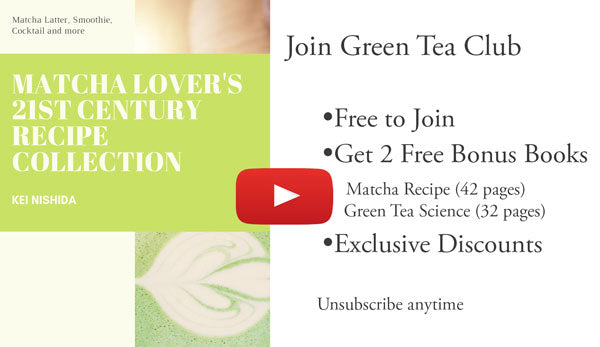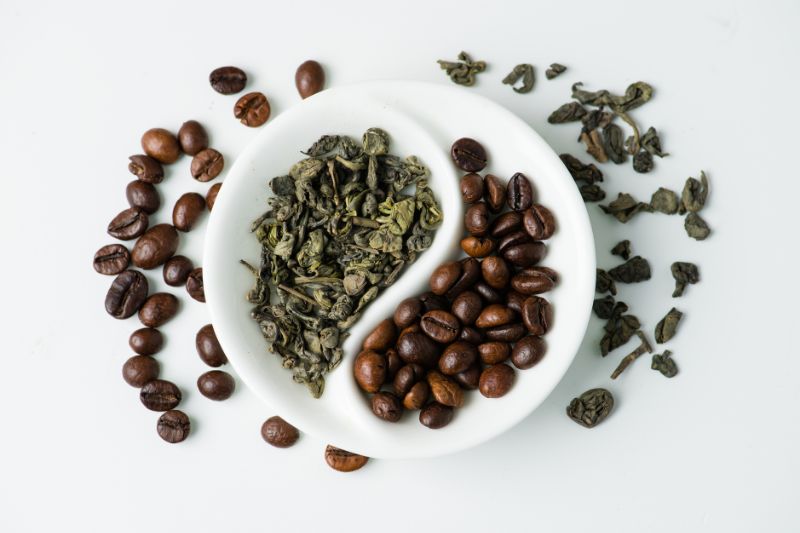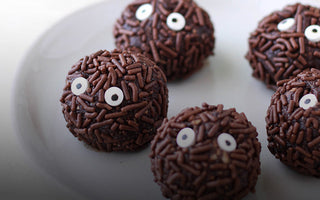When you think of the tea you drink or purchase, do any adjectives come to mind? Do you pick out any details in the tea that help explain its uniqueness? If you have spent any time trying to explore tea in this respect, you will likely have recognized that tea surprisingly varies…. a lot. In this respect, tea’s uniqueness may stand alone, particularly when viewed through a historical lens with significant tea sources located in East Asia. However, many have begun comparing both tea and wine and their attributes. This article will explore that link and a different side of tea that may often be overlooked.
Wine, an introduction
What do you know about wine? The distinctions of wine go well beyond white and red wine. Wine is made from grapes that you will not typically find in your grocery store. In fact, there are over a thousand different kinds of wine grapes that nearly all come from a common species of wine grape, the Vitis vinifera. Common grapes include cabernet sauvignon and pinot noir for red wines and Riesling and pinot gris for white wines, for example.
What are wine profiles?
When you dig deeper into wines, you will find that they contain a "profile" to help define their overall distinction: how fruity is it? Is it a "full-bodied" wine? How sweet is it? How much acidity is in it? Is it loaded with tannins (please see our section on commonly asked questions about polyphenols, catechins, and EGCG, which includes a description of tannins)? The wine’s profile also helps define what food pairings may work best. It may also include an aroma description along with its general taste. For example, cabernet sauvignon is a full-bodied red wine that is often paired with foods such as lamb, beef, French food, etc. Often less acidic than other wines, it has a slightly fruitier flavor and more noticeable tannins.
Hint of similarity between wine and tea
This may all sound relatively complex, and to be fair, wine and its production are complex. Let us take a moment to discuss some of these details slightly further. Take aromas, for example, did you know acacia is a definable aroma in wine? As are lychee, caramel, flint, meringue, kiwi, vanilla, honey, and many, many more. But where does all this complexity come from? It is part and parcel of the "art" of winemaking. While you may not have wanted to taste test the wine from ancient times given that they crushed the grapes with their bare feet, it is nonetheless important to note the role production plays in wine’s complexity. Whether one is talking about the flavor, aroma, or look of the wine, among other factors, the quality of the wine derives primarily from the quality of the grape(s). Yes, this includes soil acidity, the weather, harvest date, how the grapes are pruned, soil minerals, etc. However, many other factors are also important. For example, in cooler regions, some cabernet sauvignon can obtain green bell pepper flavors. While other grapes are stored in relatively smaller oak barrels to give the wine a more oaky flavor and aroma. The idea behind wine and its overall profile is that there are many factors involved, from the earliest stages of agricultural production to the end product itself. In fact, this is likely why wine has continued to flourish for thousands of years. The possibilities appear endless.
Wait, tea isn’t like wine, is it?
The short answer is "yes and no". Of course, tea and wine have a plethora of differences. However, there is, like wine, an "art" to tea, its production, its consumption, and its subculture. Let us explore some of the similarities between the two.
Like wine, tea comes in all kinds of varieties. As you may have noticed, green teas often sit next to black teas, white teas, oolong teas, and others in your local grocery store. In fact, like wine, all tea comes from one plant, Camellia sinensis. Serious considerations related to agricultural production are also similar: soil quality, age of the plant, harvest timing, tea plant location, harvesting methods, organic plants, etc. Timing in relation to the ripening of grapes is somewhat similar to the shading of Japan’s premium gyokuro tea (please see gyokuro vs. tencha here for further details on the unique elements of gyokuro production; also feel free to check out our own gyokuro offerings here). Post-harvest methods are substantially different in many cases. Still, there are similar attempts to use fermentation as a critical process in production between pu’er tea, for example, and your average wine (our very own pu’er tea is available here).
Green tea and wine: Similarities
Detailing the similarities and attributes between both the tea and wine markets would exhaust this article, but a quick example via the green teas of the world will help shape understanding. As noted above, wine is labeled with a given profile that helps customers and enthusiasts sift through what works for them. Green teas, on the other hand, have yet to acquire a universally accepted profile "system" similar to wine, but this isn’t to suggest that a profile cannot be utilized to describe teas. With the rise in popularity of many green teas across Asia and the North Atlantic, many customers are increasingly looking at the subtle differences in tea to help satisfy their purchases.
In fact, Japan had a unique head start in some respects, having focused on cultivar selections (what exactly is a tea cultivar? See here for more) for the last number of decades through hard work and government-funded research. Various tea cultivars provide different aromas or slightly different chemical makeups. The Benifuuki cultivar, for example, has been developed to help alleviate allergies (struggling with allergies? See our selection here). While the Samidori cultivar has greater resistance to colder weather. Many green tea aromas include chocolate (often found in premium matcha), fresh plant-like aromas, bitter, sweet-like, roasted, and others, including cherry blossom. These aromas are a serious consideration not only for customers but for producers as well, particularly in relation to premium tea.
How do you define your tea?
Part of experiencing wine is simply looking at the drink and checking the color, opacity, and viscosity. Many teas are also noted for their looks. Some green teas are particularly dark, while others are surprisingly light. Some are clear, while others are much less so. For many, this also helps shape the given tea’s description and continues to be an important element in tea selection.
Subculture of tea and wine: Does it exist?
Both markets are continuing to grow, with many commentators suggesting that the tea market will, in fact, look more and more like the wine market. It is incredibly difficult to dismiss the similarities between both markets. Haven’t you noticed a continuity between both tea and wine? Many wine lovers, like tea lovers, search exactly for the right wine. Both often search for the right pairings for a meal or a set of circumstances. Both tea and wine include kinds of "rituals" with tea often based on historical, privileged rituals, and wine involving taste "methods".
What do tea lovers, or perhaps yourself, enjoy?
More specifically, tea lovers enjoy, at minimum, some element(s) of precision in tea. Cultivars may not be a demarcation at your local grocery store, but they are becoming more popular as a specific need. Considerations such as organic are also becoming more important. The more popular tea becomes, the more likely many of the noted considerations will become apparent. For many customers, such as yourself, the question of "what tea should I get?" becomes harder and harder to answer as given tea experiences increase. Have you begun to look at select cultivars? Can you spot the difference between the first and third harvests of a given selection (check out our blog on "shincha" and what makes the first harvest so important)? What aromas do you enjoy? Are you looking to try something new but do not know where to look? The easiest way is simply to get out there and start searching.
At the end of the day, these are two worlds with some fascinating similarities and differences that help capture what many of us love. I’m convinced that the deeper you dig into these two drinks, the more there is to love and appreciate. Perhaps it's time for you to start digging as well!
This post about Tea vs Wine was first published in 2020. We added the audio of this blog in 2022 just for you.
Get Free Bonus Books

Sign up for free to the Green Tea Club to get advice and exclusive articles about how to choose Japanese Tea, and tips, tricks, and recipes for enjoying Japanese tea.
About the author
Kei Nishida
Author, CEO Dream of Japan
Certification: PMP, BS in Computer Science
Education: Western Washington University
Kei Nishida is a passionate Japanese green tea connoisseur, writer, and the founder and CEO of Japanese Green Tea Co., a Dream of Japan Company.
Driven by a deep desire to share the rich flavors of his homeland, he established the only company that sources premium tea grown in nutrient-rich sugarcane soil—earning multiple Global Tea Champion awards.
Expanding his mission of introducing Japan’s finest to the world, Kei pioneered the launch of the first-ever Sumiyaki charcoal-roasted coffee through Japanese Coffee Co. He also brought the artistry of traditional Japanese craftsmanship to the global market by making katana-style handmade knives—crafted by a renowned katana maker—available outside Japan for the first time through Japanese Knife Co.
Kei’s journey continues as he uncovers and shares Japan’s hidden treasures with the world.
Learn more about Kei






